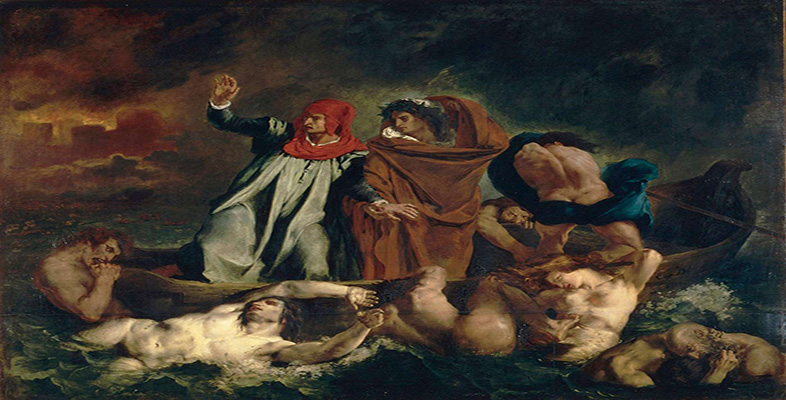4.2 Imagination and inspiration
Even William Gilpin, whose own artistic practice was so formula-bound, recognised the importance of leaving something to the imagination. In his Observations … on … the Mountains, and Lakes of Cumberland, and Westmoreland, he remarks:
We may be pleased with the description, and the picture: but the soul can feel neither, unless the force of our own imagination aid the poet’s, or the painter’s art; exalt the idea; and picture things unseen.
(Gilpin, 1973, vol.II, p.11)
Gilpin considered that sketches, unlike finished works, offer the imagination the opportunity to ‘create something more itself’ (1973, vol.II, p.16). Although he was suspicious of artists who let their imaginations roam too far from the ‘simple standard of nature, in it’s [sic] most beautiful forms’, he nevertheless glimpsed in passing the potential of a less constrained approach to creativity. Similarly, the Enlightenment art critic, Denis Diderot, had distinguished between clay models and finished sculptures, the former being much closer to the initial moment of feeling and inspiration:
The artist puts his fire into the clay, then when he goes at the stone boredom and indifference set in, the boredom and indifference adhere to the chisel and penetrate the marble, unless the sculptor is possessed of an inextinguishable zeal like that the old poet [Homer] attributed to his gods.
(Quoted in Goodman, 1995, p.170)
Once again, then, we see how the Romantics put into practice some of the possibilities perceived intellectually in the Enlightenment: the development from one to the other was an organic process. For instance, Delacroix’s The Murder of the Bishop of Liège (1829) (see Plate 22) depicts an episode from a novel by Sir Walter Scott, Quentin Durward (1823). It shows the Bishop of Liège about to have his throat cut by rebels in his château, which has recently been captured by William de la Marck, ‘the Boar of Ardennes’, who now stands in front of the bishop and gives the order for him to be murdered on the spot. The painting is more ‘finished’ than the sketch which preceded it (see Plate 23), yet some critics found that it retained too much of the looseness of a sketch in, for example, the faces of the foreground figures. Like Turner and Constable, Delacroix retains in his paintings something of the original ‘fire’ of the sketch.
Click to see Plate 22: Eugène Delacroix, The Murder of the Bishop of Liège [Tip: hold Ctrl and click a link to open it in a new tab. (Hide tip)]
Click to see Plate 23: Eugène Delacroix, sketch for The Murder of the Bishop of Liège
